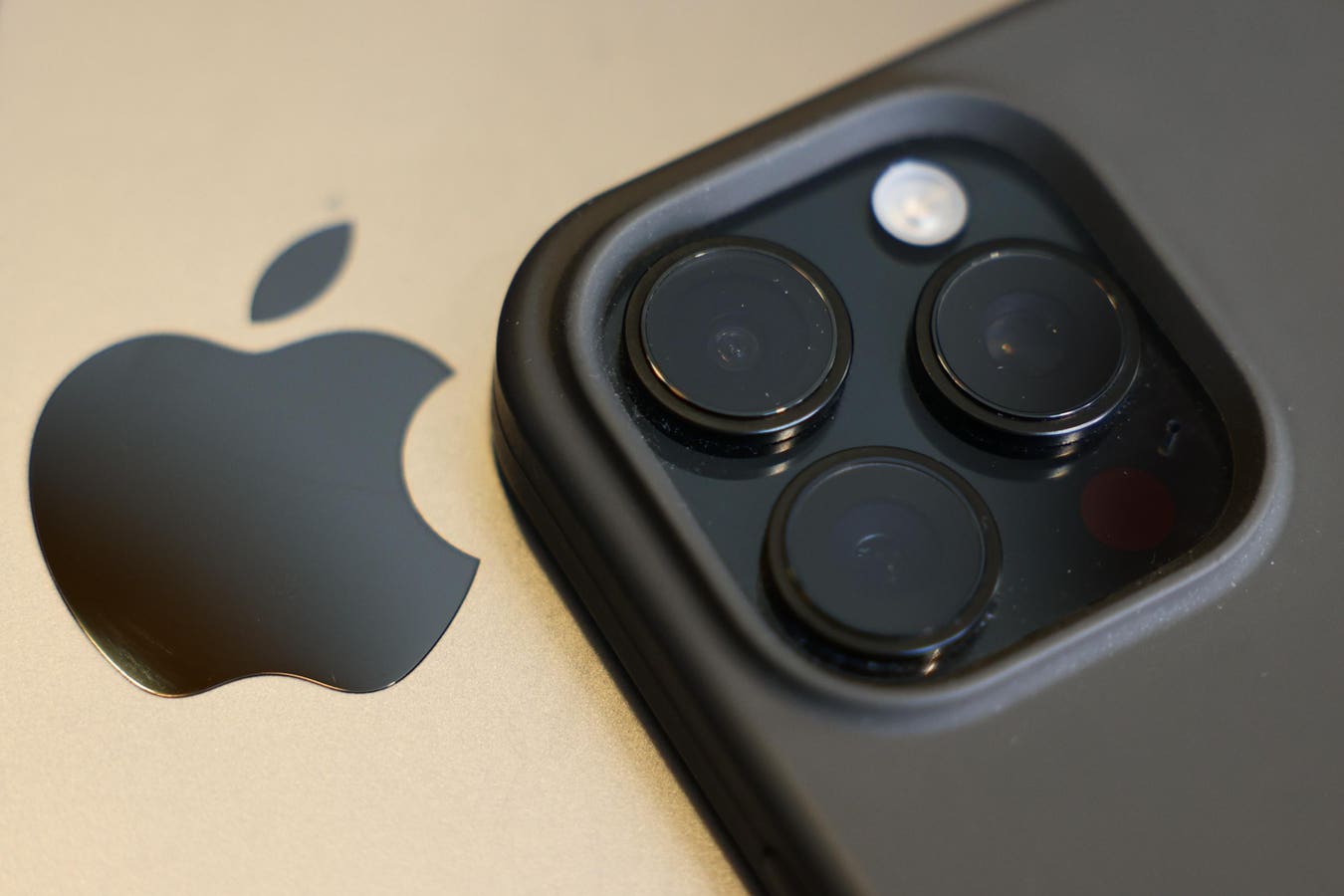Apple CEO Tim Cook poses for a portrait next to a line of new MacBooks (Photo by Chris Tuite / AFP) (Photo by CHRIS TUITE/AFP via Getty Images)
AFP via Getty Images
This week saw Apple unveil the long-awaited Apple Silicon M5 chip, along with an M5-powered iPad Pro and MacBook Pro. Many have been waiting to see what MacBook, if any, Tim Cook and his team would offer with the M5. Now we have the answer, and it’s another awkwardly placed MacBook Pro that’s tough to recommend. Can Apple find a story that will sell the new laptop?
Apple Silicon And The MacBook Pro M5
The move to Apple Silicon in late 2020 saw the MacBook range offered a generational update in processing power overnight. What was once the purview of the high-end Intel laptops could be matched by the entry-level MacBook Air. Apple could push the MacBook Air towards consumers, and the MacBook Pro towards professionals who needed significantly more power on tap.
As for the middle round that was needed for the hot and hungry Intel chipsets, Apple filled that with a MacBook Air offering more thermal cooling and faster processing speeds using the vanilla chipset… and the marketing department was happy to call it a MacBook Pro.
What Is Missing From The MacBook Pro M5?
That was true of the MacBook Pro M1 then, as it is true of the MacBook Pro M5 now. While it precedes the launch of a MacBook Air M5, the specs of the new MacBook Pro (briefly putting aside the upgrade to the M5 chipset), echo the consumer-focused MacBook Pro and MacBook Air M4; you have the same design, weight and materials; the same LCD-based display; the same layout of ports; the same 1080p webcam and even the same price.
The main update, arguably the only customer-facing update, is the M5 chipset.
Apple’s press release quotes a twenty percent lift in multi-core performance and a somewhat amorphous “3.5 times the performance in AI workflows”. The bump of fifteen to twenty percent between the vanilla M-series generations is almost a tradition in the same way that Apple used to boast that every new product iteration had “over 200 new features.”
The MacBook Pro M5’s Big Change
The change that Apple is selling is that of artificial intelligence. Crucially, the aforementioned 3.5 times increase in AI performance is for on-device processing. Apple’s approach to AI (including the awkwardly backronymed brand of Apple Intelligence) is to emphasise the security of data and as little leakage of personal information into the cloud. This stands in opposition to Microsoft’s Coplit and Google’s Gemini.
This approach should be seen in conjunction with Apple’s efforts to move the mobile AI conversation away from the current cloud-focused model pushed by Windows and Android towards the more controllable local processing model. Thanks to the push of Android into this space, that’s likely going to be a losing battle for Apple. AI is a connected service, and while on-device processing will improve, it will not be the crux of AI.
Into that world, Apple has dropped the MacBook Pro M5 and its label of being the definitive AI laptop. Is AI what consumers are buying their laptops for right now? Is the most significant question around upgrading how a laptop handles artificial intelligence routines? And is that enough for consumers to decide on a $1,599 laptop upgrade?
The MacBook Pro M5’s Biggest Competition
The question of upgrading to the MacBook Pro M5 cannot be asked without looking at what is to come. The MacBook Pro variant with the vanilla chipset is more of a MacBook Air Plus than a MacBook Pro.
With the key difference in the specs being extra performance, if is critical then waiting for the preofesionally-focued Macs with the M5 Pro and M5 Max variants is the correct move. Otherwise, the uplift in the upcoming MacBook Air M5 over the Air M4 — and the $600 saving — could be worth waiting for.
Now read the latest MacBook Pro, iPhone, and iPad Pro headlines in Forbes weekly Apple news digest…









